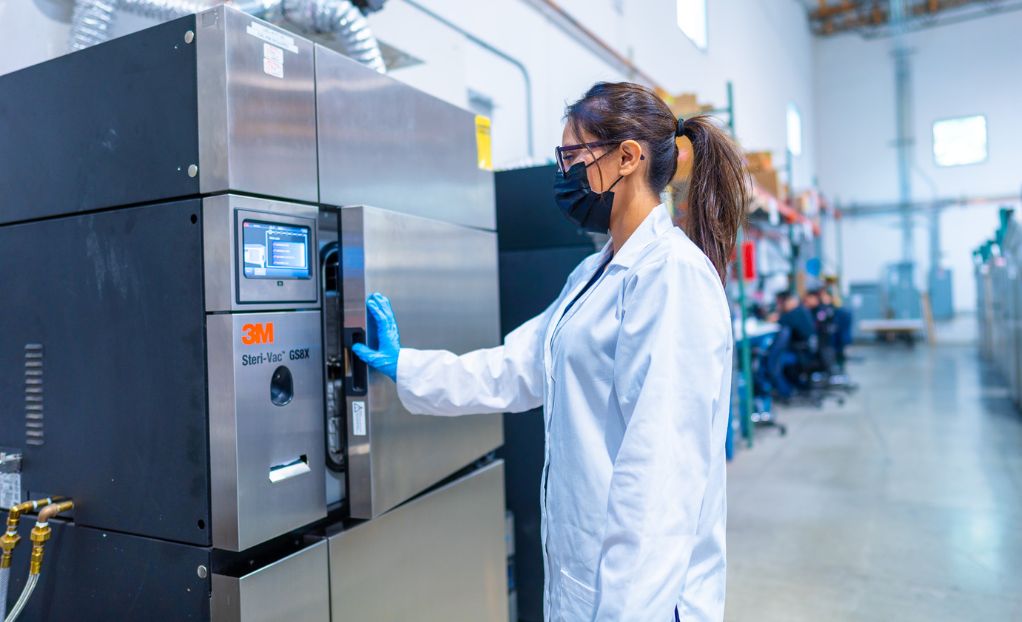Introduction
Sterilization is a cornerstone of modern healthcare, ensuring that surgical instruments, medical devices, and even pharmaceuticals are free from harmful microorganisms. In recent years, innovations in sterilization technology have been pivotal in advancing public health and safety. One such breakthrough is Sterifecos, a cutting-edge sterilization solution that promises to revolutionize the way we approach hygiene and infection control. This article explores the technology behind Sterifecos, its applications, and its potential impact on various industries.
Understanding Sterifecos Technology
Sterifecos represents a leap forward in sterilization techniques, leveraging advanced methodologies to achieve superior results. Traditional sterilization methods include steam autoclaving, chemical disinfectants, and radiation. While effective, these methods have limitations, such as potential damage to sensitive materials, chemical residues, and high energy consumption.
Sterifecos utilizes a novel approach combining advanced filtration, ultraviolet (UV) light, and ozone treatment. This multi-faceted process ensures comprehensive sterilization by targeting a wide range of pathogens, including bacteria, viruses, fungi, and spores. The use of UV light and ozone is particularly significant, as both have strong antimicrobial properties and can penetrate surfaces to eliminate microorganisms without leaving harmful residues.
Applications in Healthcare
In healthcare, the importance of sterilization cannot be overstated. Sterifecos technology offers several key benefits that make it an attractive option for hospitals, clinics, and laboratories:
- Medical Devices and Instruments: Sterifecos can be used to sterilize surgical instruments, endoscopes, and other medical devices that are difficult to clean using traditional methods. The gentle yet effective process ensures that these critical tools are safe for use without compromising their integrity.
- Hospital Rooms and Surfaces: Sterifecos can be employed to disinfect entire rooms, including operating theaters and patient rooms. The UV light and ozone treatment can reach nooks and crannies that may be missed during manual cleaning, providing an extra layer of protection against hospital-acquired infections (HAIs).
- Pharmaceuticals and Biologics: The pharmaceutical industry requires stringent sterilization standards to ensure the safety and efficacy of drugs and vaccines. Sterifecos can be applied to sterilize production facilities, packaging, and even the products themselves, reducing the risk of contamination.
Beyond Healthcare: Broader Applications of Sterifecos
While healthcare is a primary focus, Sterifecos technology has applications in various other industries:
- Food and Beverage: Ensuring the sterility of food processing equipment and packaging is crucial to prevent foodborne illnesses. Sterifecos can be used to sterilize surfaces and packaging materials, extending the shelf life of products and ensuring consumer safety.
- Public Transportation and Facilities: High-traffic areas like airports, train stations, and public restrooms are prone to contamination. Sterifecos can be used to regularly disinfect these spaces, reducing the spread of pathogens and enhancing public health.
- Laboratories and Research Facilities: In research settings, maintaining a sterile environment is essential for accurate results. Sterifecos can help laboratories achieve high levels of sterility, ensuring that experiments and tests are not compromised by contamination.
- Personal and Home Use: As awareness of hygiene and sterilization grows, Sterifecos technology can be adapted for personal use. Devices for sterilizing household items, personal electronics, and even clothing can be developed, providing consumers with powerful tools to protect their health.
Environmental and Economic Impact
Sterifecos not only enhances sterilization efficacy but also offers environmental and economic benefits:
- Reduced Chemical Usage: Traditional chemical disinfectants can have adverse environmental impacts and pose health risks. Sterifecos minimizes the need for such chemicals, promoting a safer and more sustainable approach to sterilization.
- Energy Efficiency: Compared to steam autoclaving and other high-energy methods, Sterifecos technology consumes less energy, reducing operational costs and the carbon footprint of facilities that implement it.
- Longevity of Equipment: By avoiding harsh chemicals and high temperatures, Sterifecos can extend the lifespan of medical and industrial equipment, leading to cost savings and less frequent replacement.
Conclusion
Sterifecos represents a significant advancement in sterilization technology, offering a versatile, efficient, and environmentally friendly solution for various industries. Its ability to combine UV light and ozone treatment into a comprehensive sterilization process addresses the limitations of traditional methods and meets the growing demand for effective infection control. As Sterifecos technology continues to develop and find new applications, it has the potential to revolutionize our approach to hygiene and safety, safeguarding public health in a myriad of ways. Whether in hospitals, food processing plants, or even our homes, Sterifecos is poised to become a cornerstone of modern sterilization practices.
